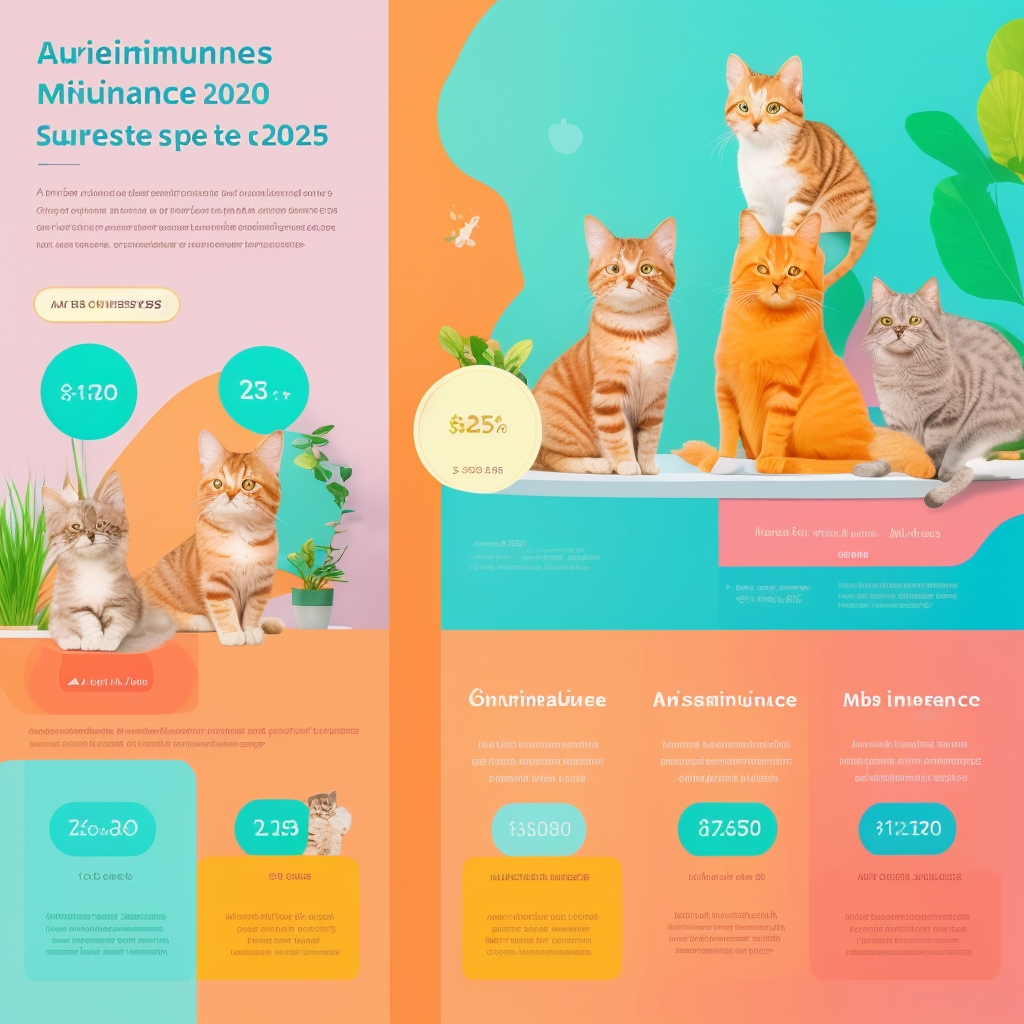With rising veterinary expenses and growing awareness of the importance of animal health, pet insurance has gained popularity in recent years. In 2025, the regulation of these insurance policies will evolve to better regulate the market and protect consumers. This article examines the new legal provisions, their implications for pet owners and industry players, while providing concrete examples and best practices.
Context and Evolution of the Pet Insurance Market
History of Pet Insurance
Pet insurance began to emerge in the 2000s, offering pet owners a way to manage health costs. Over the years, their popularity led to the creation of many diverse products and services. However, the variety of offers sometimes led to confusion and mistrust among consumers, and abuses were observed.
Need for Stronger Regulation
Facing these challenges, authorities understood that strict regulation was necessary. The 2025 law aims to establish clear standards, promote transparency, and protect consumer rights. This regulation is part of a broader framework for animal and pet owner protection.
New Regulatory Provisions
Approval Requirements
Starting in 2025, all pet insurance companies will need to obtain approval from the Autorité de contrôle prudentiel et de résolution (ACPR). This approval will ensure that insurance providers comply with solvency and financial transparency standards.
Information Obligation
Insurance providers will also be required to provide clear and understandable information about their products. This includes:
- Exclusions of guarantees
- Reimbursement caps
- Waiting periods
- Cancellation terms
Fair Commercial Practices
The 2025 regulation will introduce fair commercial practices. Insurance providers will not be able to unilaterally modify the terms of their current contracts. Customers will also have the option to cancel their contract without penalty after the first year of commitment.
Concrete Examples and Use Cases
Use Case 1: The Impact of Transparency on Insurance Choices
Let’s take Sophie, the owner of an elderly dog, as an example. Before 2025, she bought an insurance policy without fully understanding the exclusions. After a costly operation, she discovered that most expenses weren’t covered. Thanks to the new regulation, insurance companies will have to provide clear information sheets, allowing Sophie to easily compare offers.
Use Case 2: Contract Cancellation
Jean, a cat owner, had pet insurance with a very low reimbursement cap. In 2025, he will be able to cancel his contract without penalty after one year, allowing him to seek a more suitable offer for his needs, freely.
Key Points and Best Practices
Best Practices for Pet Owners
- Compare offers: Use online comparators to evaluate guarantees and prices.
- Read the terms and conditions: Pay close attention to exclusions and deductibles.
- Ask questions: Don’t hesitate to contact insurers to clarify any doubts.
Best Practices for Insurance Providers
- Transparency: Provide clear and accessible information on products.
- Team training: Educate agents on regulations to avoid questionable practices.
- Contract updates: Regularly review contracts to ensure they comply with current legislation.
Conclusion
The 2025 regulation of pet insurance marks a crucial turning point for the market. By establishing approval standards, ensuring transparency, and protecting consumer rights, this legislation aims to create a more reliable and equitable environment for pet owners and insurers. Owners must continue to inform themselves and wisely choose insurance policies, while industry players must adapt to the new regulatory requirements to foster a healthy and ethical market. The future of pet insurance will depend on this ability to adapt and the willingness to ensure the protection of animals and their owners.
Do you have any specific concerns about new pet insurance regulations, or are you looking for recommendations based on your pet’s needs?







